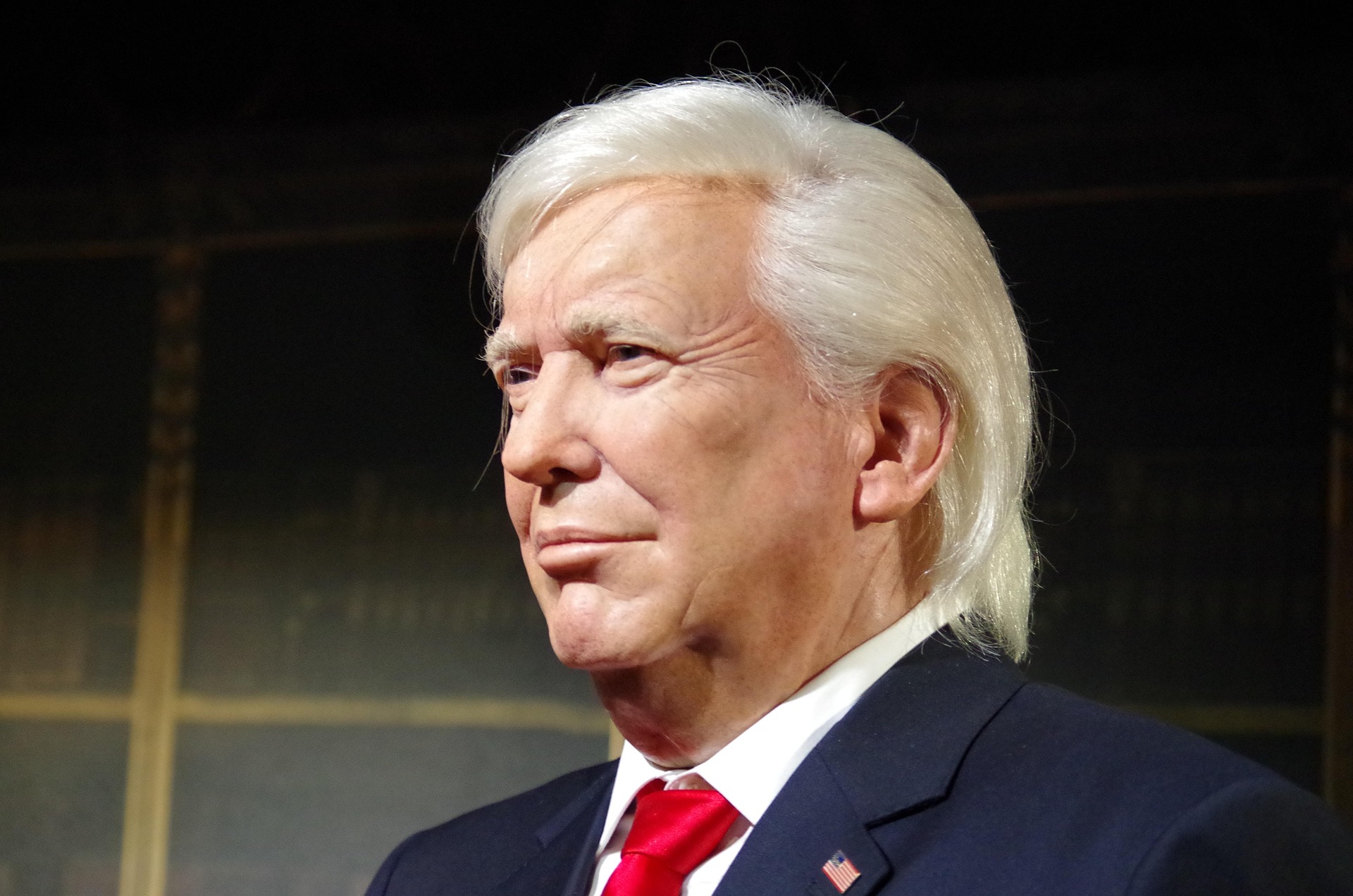Some costumes whisper. This one walks in with a bullhorn. A Trump getup arrives loaded with subtext about power, money, and spectacle, and everyone reads it in real time. Friends and strangers scan the wig, the tan, the tie length, then decide whether to laugh with you, at you, or back away. Like any political costume, it is less disguise than disclosure. You are telling the room how you process conflict, authority, and the theater of public life.
Costumes externalize private stories. Psychologists note that people use dress up to experiment with shadow selves, ease anxiety, or test boundaries. Political figures intensify that effect because they are cultural lightning rods. With Trump, the look is instantly clear, the mannerisms simple to parody, the symbolism impossible to neutralize. Whether you aim for satire or admiration, the audience projects their feelings onto you. Your choice becomes a mirror they cannot ignore.
What This Costume Signals Before You Speak

At a glance, you show comfort with confrontation. A political costume invites a reaction, and that reads as playful confidence or bait. It also reveals your view of power. Are you mocking excess, borrowing swagger, or testing your circle’s appetite for political theater The read lands fast and stays for the night.
Go heavy on exaggeration and you look like a satirist who believes humor deflates fear. Play it straight and you resemble a loyalist enjoying the show. Either way you send a message about spectacle. Intent matters to you. Impact matters to the room. Expect both to collide in comments and photos.
Admiration, Irony, Or Rebellion Read The Subtext
People do not choose political figures by accident. Some want to salute a leader and signal values like strength, deal making, or patriotism. Others want to puncture ego, using ridicule to shrink a figure who dominates the news. The same wig can look like a crown or a clown act depending on how you wear it and who sees it.
There is also inner work happening. Psychologists describe this as trying on an archetype. You borrow a crown to explore your own relationship to dominance, wealth, and rule bending. The costume becomes a small lab where you can test those energies without lasting consequences. You are not only copying a persona. You are testing your own.
Mockery often works like a release valve. It helps people handle anger when direct debate feels tiring or risky. Laughter brings enough distance to make conflict survivable for one evening, especially in mixed groups where arguments usually repeat the same lines.
Irony can miss. If the target is unclear, people may feel baited or attacked. Admiration backfires too. If you imitate confidence without context, observers may assume you endorse every headline, not just the theatrics.
Archetypes At Work Power Excess Dominance

Trump imagery taps into big storybook roles including King, Trickster, and Tycoon. Orange tan, swooped hair, and a long red tie act as quick visual shortcuts that push those roles to the extreme. People categorize you before you speak.
Archetypes speed up social judgment. Are you placing a crown on yourself, mocking the crown, or asking why people still chase it Your props answer faster than any caption. That is the thrill and the danger.
Why The Mockery Bits Are So Common

Satire likes bold shapes and recognizable silhouettes. Orange makeup, a blond swoop, and that tie deliver the joke across the room, so even short glances land. Clear signals prevent confusion about your intent, which is why these shortcuts thrive at parties.
Humor lowers tension. A simple joke can give everyone a breath and keep the mood light. It will not solve deep disagreements, but it can shift a stiff moment into a shared laugh instead of a lecture.
Mockery also offers safety. It lets critics show dissent without turning the party into a policy debate at the snack table. When families or friend groups run hot, a quick visual gag feels easier than a speech.
Market history supports this. Mask makers saw Trump designs surge in 2016, beating earlier political faces. The interest drops in non election years, and retail groups often report that political looks do not even reach top costume lists when elections are not current.
The Group Dynamics You Are Navigating
You are not only wearing a face. You are negotiating with the room. Who do you want to laugh Who are you willing to lose Satire is an agreement with the audience and the terms change by location, friend mix, and even the hour. A touch of self mockery travels further than a victory lap.
If your group is divided, keep the jokes clear and the edges soft. Aim at power, not at the people standing next to you. Show that you can take a joke as well as make one. That invites play instead of pushback and keeps the night social, not stressful.
The Popularity Curve By The Numbers

Political costumes rise during election seasons then fade. Trends follow headlines, search habits, and sales cycles. Even in busy political years, they remain a small part of the overall Halloween scene, which still leans toward classic spooky or playful themes.
Industry notes show that political outfits often disappear from rankings the year after an election. Some years they do not reach the top twenty at all. Translation. Your choice will stand out more than you think and you will likely be asked about it.
Visibility can work for or against you. Some people will laugh with you. Others will step back. Photos last beyond context, so consider how the picture will speak for you tomorrow.
How To Wear It Without Starting A Fire
If you are aiming for satire, sharpen the point. Use props that clearly poke fun at excess or flip common slogans into self awareness. Keep the target large and structural so the joke aims upward. Watch the room and adjust if needed.
If you are wearing it sincerely, be respectful and steady. Be ready to discuss politely or switch to party mode quickly. Give yourself an exit strategy. Remove the wig or change one piece if the mood shifts. The goal is not to win the night. The goal is that everyone still enjoys it.


